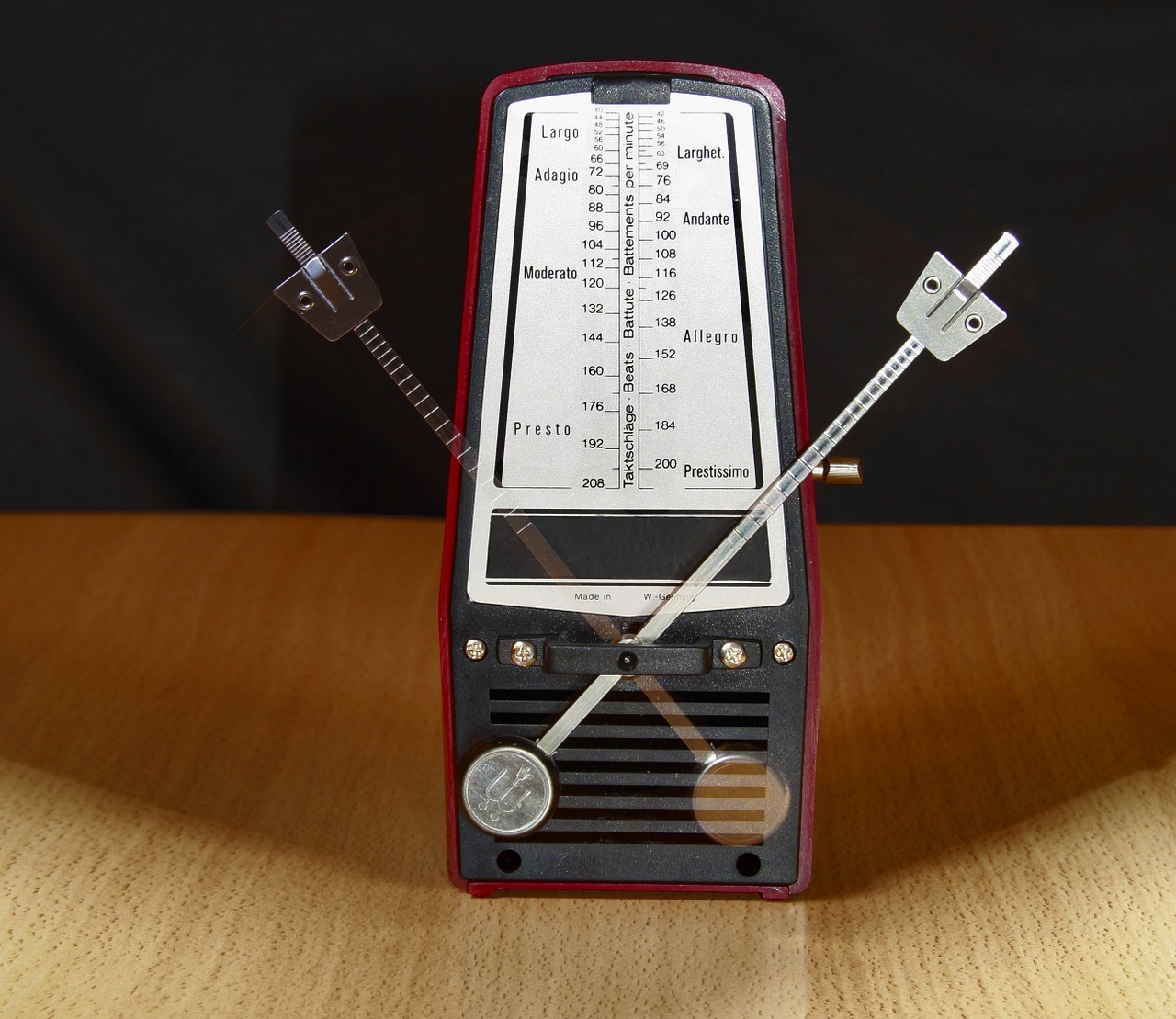
Challenges in solo playing – Working on intonation and rhythm
I was recently working with a student on a solo piece they had begun practicing. The student was playing the piece well, but the technical demands of the piece and the rhythm and time feel were proving challenging. After the student had performed the piece I asked them a few questions. Had they practiced the piece up to that point with a metronome? Had they worked on the piece with a tuner or drone? Up to this point, the student hadn’t really done either. In this post I will work through how I helped the student begin to address these challenging areas. Hopefully these ideas will help you in your personal practice or with your students.
Tip #1: Addressing intonation when performing a solo piece
Perhaps older and more experience double bassists and string players, in general, know that we have to practice and work on our intonation and that this practice never goes away. There is a challenge in getting young players to focus on their intonation, be aware of when they are out of tune, and to diligently work on their pitch and intonation. I wrote about some ways to work on intonation in a previous blog post here. In the case of this student, they were having some issues with their intonation in the piece they were performing. The piece began in E minor, so we put on an E drone, the home tonal center of the piece.
I told the student the following directions:
- Perform the piece slowly, even out of time or a very loose time, and focus on each note and the feel of playing each note in tune against the drone.
- Make a mental note or mental picture of where each note was located on the fingerboard.
We practiced a small section of the piece several times, each time, the students sense of the pitches improved. We would stop, when needed, to focus on a specific note and really tune that note up against the drone. I told the students that all the musicians I admire spend at least some time in their practice session working with either a tuner or drone. If these greats, who have performed with some of the top orchestras in the country can practice this way – I, and the student, certainly can and should! We then moved on to the rhythm and rhythmic time feel of the piece, which the student was having some challenges with.
In solo playing, I have found one of the biggest challenges for students (and early on, it was for me) is communicating the rhythm and time feel of a piece clearly. Without a sense of time and pulse in playing a solo piece, the audience will be lost. A piece must move with a pulse and the time be clearly communicated to the audience in order for the piece to be understood. In the case of this student, the time and rhythm were getting lost and were unclear.
Tip #2: Rhythm! Work with a metronome
This is where practicing with a metronome can really help to create a stronger inner sense of time. The student and I focused on the rhythm with a metronome and I told the student that we needed to clearly communicate each rhythm and the time. We omitted the articulations and slurs and just worked on the rhythm using separate bows. This helps to isolate just the rhythmic issues.
By the end of the session, the student was performing it as I knew they really could, with an improved sense of pitch and time. The message of the piece was more clear and concise by having addressed these two aspects of the performance.
Final thought
Of course, there is much more to address when working up a piece for performance (articulations, dynamics, bowings, and more), but these two areas are ones that I consistently see as challenges in my own playing and the playing of my students. What other challenges do you see for yourself or your younger students when working on a piece for solo performance? Do you have any tips for solving these problems?
Happy practicing.